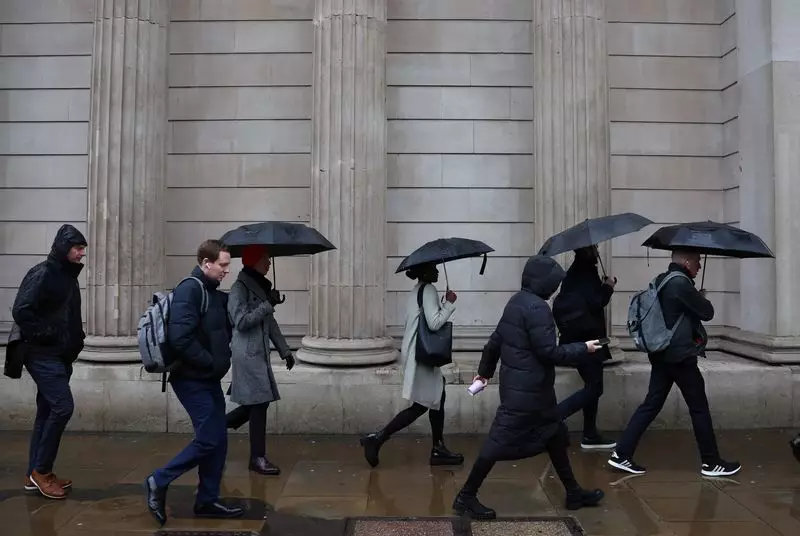The UK labour market is currently displaying tangible signs of stagnation, raising concerns among economic analysts and policymakers alike. Recent data from the Recruitment and Employment Confederation (REC) and KPMG highlights a notable slowdown in wage growth and hiring activity. The situation is particularly alarming as it marks a significant shift from previous months, which had exhibited more robust employment trends. Findings from October reveal that starting pay for permanent roles has slipped to its lowest point since February 2021, coinciding with the pandemic’s early days, revealing an unsettling backdrop for economic recovery.
October’s report indicates that the index for starting pay fell from 52.8 to 52.5, underscoring a cooling trend in wage growth. This decline is particularly significant as it comes amid ongoing inflationary pressures and economic uncertainty. Such stagnant wage growth suggests that businesses are becoming increasingly cautious about their financial outlook and, crucially, their capacity to raise salaries, impacting employee morale and overall consumer confidence. The economic ramifications of this trend cannot be overstated, as stagnant wages often lead to decreased spending, which in turn hampers broader economic recovery efforts.
Adding to the complexities of the labour market is the recent budget announcement by new Labour finance minister Rachel Reeves, which introduces £40 billion in tax increases, primarily from heightened social security contributions. This move is predicted to stifle corporate hiring efforts further, as many businesses face the daunting task of absorbing additional costs in an already strained economic climate. Jon Holt, KPMG’s group chief executive, corroborated this assertion, suggesting that the expectation among chief executives is a probable slowdown in hiring practices as firms adjust to financial pressures.
In line with the cooling wage growth, REC reported that permanent placements fell sharply, recording a notable contraction, the most substantial since March. This decline in hiring activity is coupled with a consistent decrease in job vacancies, marking the twelfth month of shrinking demand for staff. The clear implication here is a shift in employer sentiment; businesses are refraining from hiring amidst the prevailing uncertainty, which could lead to prolonged economic stagnation.
As the Bank of England (BoE) continues to monitor wage growth closely to inform its decisions on interest rates, the current stagnation has prompted a quarter-point reduction in borrowing costs, now at 4.75%. These changes aimed at stabilizing the economy could additionally highlight the delicate balance the BoE must maintain as it navigates inflation pressures and overall economic growth. Further interest rate cuts appear to be on the horizon, but the path to boosting business confidence remains fraught with challenges.
The current landscape of the UK labour market is indicative of broader economic uncertainties. With stagnant wage growth, heightened taxation, and a noticeable decrease in hiring, businesses are treading cautiously. The ripple effects of these trends could prolong economic struggles, emphasizing the need for strategic policy interventions that encourage hiring and stimulate wage growth. The coming months will be crucial in determining the trajectory of the UK’s economic recovery as stakeholders grapple with looming challenges that could define the labour market’s future.

